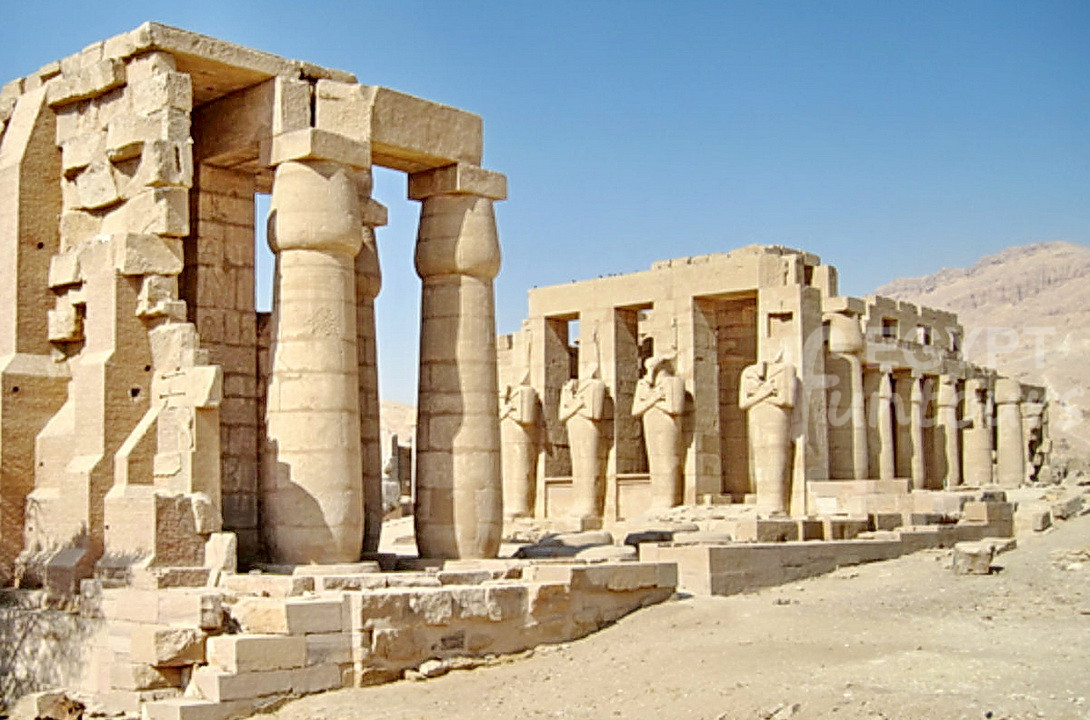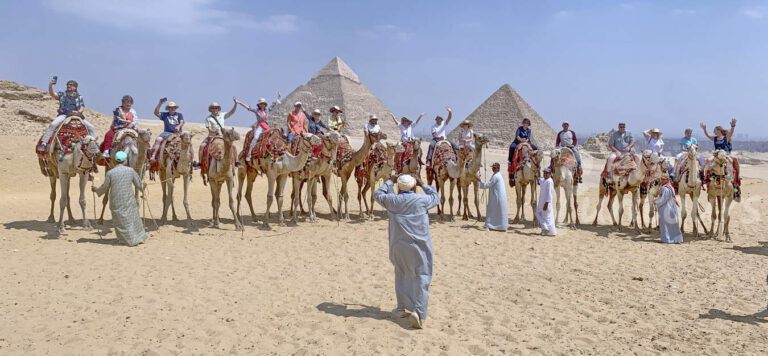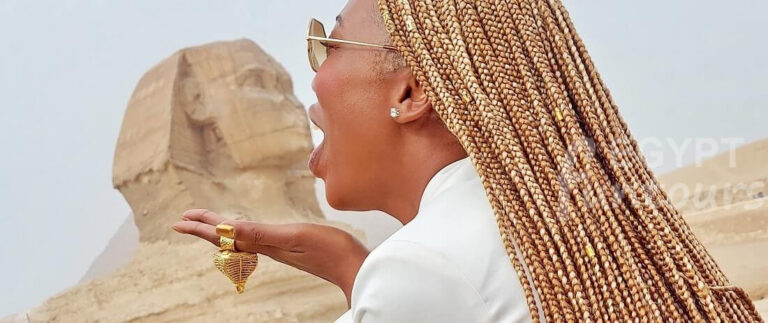A stunning ruin lies on the West Bank of Luxor. It is away from the main tourist rush. This is the Ramesseum. The great Pharaoh Ramesses II built this “Temple of a Million Years.” He was the most powerful and famous pharaoh of all.
This was his personal mortuary temple. It was a massive complex. He built it to ensure his eternal cult and to show his power. Today, it is a stunning “hidden gem.” Most people miss it. Its greatest claim to fame is a modern one. This temple and its colossal fallen statue inspired the famous poem “Ozymandias.” Here, you can stand in the shadow of a fallen giant. You can reflect on the power of time.




























